Textbook on Bharatiya Nyaya Sanhita 2023
₹1,295.00 Original price was: ₹1,295.00.₹1,165.00Current price is: ₹1,165.00.
| AuthorVageshwari Deswal | Language: English |
| Edition: | Binding/Format: Paperback |
| Publishing Year: 2025 | Publisher: Taxmann Publications |
In stock
Textbook on Bharatiya Nyaya Sanhita 2023 offers a section-wise, practice-oriented exposition of the Bharatiya Nyaya Sanhita 2023 (BNS)—India’s revised penal code, which replaces the Indian Penal Code 1860 (IPC). It explains the doctrinal foundations, ingredients, and defences of crimes across 358 sections and 20 chapters, highlights what is new (e.g., terrorism, organised crime, mob lynching), and what is removed (e.g., adultery and homosexuality as penal offences), and foregrounds the Sanhita’s dedicated chapter on offences against women and children. The approach combines plain-English explanations with leading judicial precedents and policy rationale, enabling readers to grasp both the black-letter law and its underlying objectives.
This book is intended for the following audience:
- Undergraduate and Postgraduate Law Students seeking a reliable, exam‑oriented yet conceptually rigorous text on BNS
- Practitioners, Judges, Prosecutors and Defence Counsel who require section‑by‑section analysis with leading precedents and practical notes
- Researchers and Policy Professionals studying the transition from IPC to BNS and the implications of new offences and definitions
- Judicial Academies and Administrative Training Institutes, for whom the author routinely serves as a master trainer, making the text naturally aligned to training needs
The Present Publication is the Latest Edition, authored by Prof. (Dr) Vageshwari Deswal, with the following noteworthy features:
- [Complete Coverage of the BNS] with a clear progression from preliminaries and punishments through exceptions, inchoate liability, and offence classes
- [IPC to BNS Continuity] Every section begins with a ‘Corresponding Provision’ mapping to the IPC where relevant, easing transition for readers trained on the IPC
- [Pedagogy that Travels with the Statute] Statutory Text → Illustrations → Comments/Analysis → Essential Ingredients → Leading Cases (Supreme Court and High Courts)
- [New Offence Architecture Explained] Terrorism, organised crime, mob-lynching, trafficking, and an expanded sexual-offence framework are treated with element-by-element analysis
- [General Exceptions] are re-organised with practical treatment of unsoundness of mind, intoxication, mistake of fact, consent and private defence (with limits and case-tests)
- [Case-retrieval Apparatus] An extensive List of Cases and internal cross-references facilitates quick authority lookup for drafting or argument
- [Plain-Language Explanations] without loss of doctrinal rigour, supported by structured bullets and flow of reasoning
- [Use-case Breadth] The design suits both doctrinal learning (concepts and elements) and practice (ingredients, illustrations, and precedent-guided application), making it equally useful for classrooms, chambers, and training academies.
The coverage of the book is as follows:
- Chapter I – Preliminary (ss. 1–3)
- Short title, commencement, application and extra-territorial reach; definitional clauses and general explanations with illustrations; commencement note and constitutional backdrop
- Chapter II – Of Punishments (ss. 4–13)
- Typology of punishments (fine, simple/rigorous imprisonment), commutation, solitary confinement limits, enhancement, cumulative punishment, and sentencing structure
- Chapter III – General Exceptions (ss. 14–44)
- Judicial acts, mistake of fact, accident, necessity, children’s capacity, unsoundness of mind, intoxication, consent, acts without criminal intent, private defence (scope, limits, proportionality), acts done by many persons, communication in good faith, etc.—each treated with ‘essential ingredients’ and precedent-driven tests
- Chapter IV – Of Abetment, Criminal Conspiracy & Attempt (ss. 45–62)
- Abetment forms and liabilities (including different result/intent scenarios), conspiracy contours, and attempt liability, including punishment calibrations
- Chapter V – Of Offences Against Woman and Child (ss. 63–73; 74 onwards for outraging modesty, etc.)
- Expanded sexual-offence framework: rape (s. 63), gradations of punishment (ss. 64–66), sexual intercourse by husband during separation (s. 67), by person in authority (s.68), by deceitful means (s. 69), gang rape (s. 70), repeat-offender enhancement (s. 71), protection of victim identity (s. 72–73). Thereafter, offences relating to modesty, marriage, cruelty, child-related offences, and publication restrictions
- Chapter VI – Of Offences Affecting the Human Body (wide span including ss.103–119 etc.)
- Culpable homicide/murder scheme, hurt/grievous hurt, kidnapping/abduction/trafficking, organised crime (s. 111), terrorist act (s.113) with detailed sub-clauses, and mob-lynching treatment within aggravated hurt/homicide settings and assembly-based violence
- Chapter VII – Offences Against the State
- Waging war, sedition-adjacent harms recast, acts prejudicial to sovereignty, etc.
- Chapter VIII – Offences Relating to the Armed Forces
- Exceptional protection and delineation of service-related offences
- Chapter IX – Offences Relating to Elections
- Corrupt practices, undue influence, personation and allied offences.
- Chapter X – Coin, Currency Notes & Government Stamps
- Counterfeiting, possession of instruments/materials, and cognate offences
- Chapter XI – Offences Against the Public Tranquillity
- Unlawful assembly, rioting, owner/occupier liability for riot venues, promoting enmity, and national-integration harms
- Chapter XII – Offences by or Relating to Public Servants
- Disobedience of law/directions, framing incorrect records, unlawful trade, personation, wearing garb, and the duty to provide treatment to victims
- Chapter XIII – Contempts of the Lawful Authority of Public Servants
- Absconding from process, non-appearance, refusal to take oath/answer/sign, obstructing public sales, resisting lawful authority, disobedience to duly promulgated orders, threats to public servants, etc.
- Chapter XIV – False Evidence & Offences Against Public Justice
- Perjury, fabrication, using false certificates/declarations, disappearance of evidence, false personation in proceedings, fraudulent claims and decrees
- Chapter XV – Public Health, Safety, Convenience, Decency & Morals
- Public nuisance; disease-spread by negligent/malignant acts; food/drug adulteration; rash/negligent acts (driving, navigation, fire, explosives, machinery, buildings, animals), and obscene materials/acts.
- Chapter XVI – Offences Relating to Religion
- Injuring places of worship, outraging religious feelings, disturbing assemblies, burial-place trespass, etc.
- Chapter XVII – Offences Against Property
- Theft, snatching, house-trespass/house-breaking, extortion, robbery/dacoity (including armed attempts and gang membership), dishonest misappropriation (including property of deceased), criminal breach of trust, receiving stolen property, cheating/personation, fraudulent dispositions to defeat creditors, mischief (including rail/aircraft/vessel safety), and maritime-related mischief
- Chapter XVIII – Documents & Property Marks
- False documents and forgery (public registers, valuable securities, wills), counterfeit seals/devices, falsification of accounts, property-mark offences
- Chapter XIX – Criminal Intimidation, Insult, Annoyance, Defamation, etc.
- Criminal intimidation, intentional insult provoking breach of peace, statements conducing to public mischief, public drunkenness, defamation, and breach of contract to attend on helpless persons.
- Chapter XX – Repeal & Savings (s. 358)
- Transitional clause anchoring repeal of the IPC and preservation of prior actions and liabilities
The structure of the book is as follows:
- At-section Layout – Each provision begins with the statutory text, followed by the ‘Corresponding Provision’ mapping to the IPC (where applicable), and then Illustrations that clarify edge-cases and typical fact patterns
- Commentary Blocks – COMMENTS synthesise the doctrine into ‘Essential ingredients’ and tests, integrating leading precedents and practical notes (e.g., on mens rea, burden, and defences)
- Comparative & Transitional Lens – The commentary repeatedly signposts continuity/departure from the IPC to help practitioners and students re-anchor their mental models
- Commencement & Notifications – The text embeds commencement information (BNS in force from 1 July 2024, with s.106(2) deferred), ensuring accurate application in time
- Retrieval Aids – A detailed Table of Contents and an extensive List of Cases support rapid navigation for drafting, teaching, and exam preparation
| Weight | 2.57 kg |
|---|---|
| Dimensions | 16 × 6 × 25 cm |
You must be logged in to post a review.


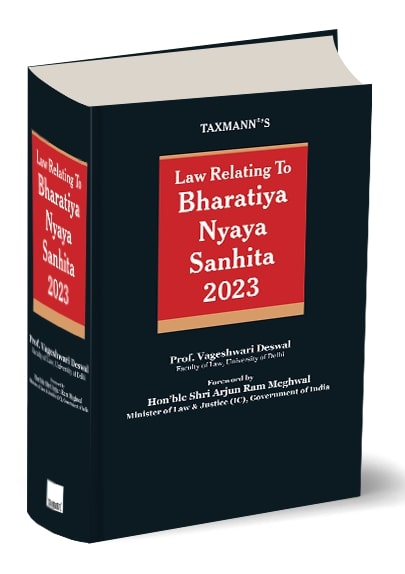
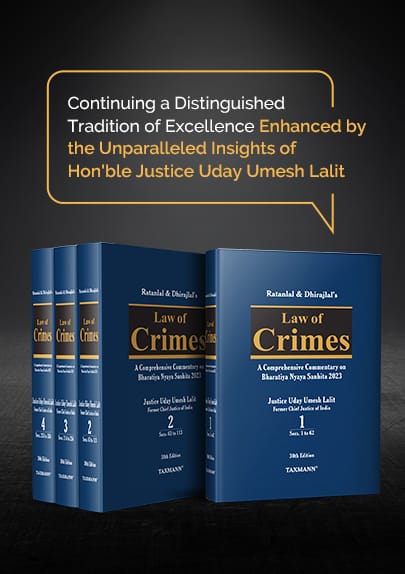
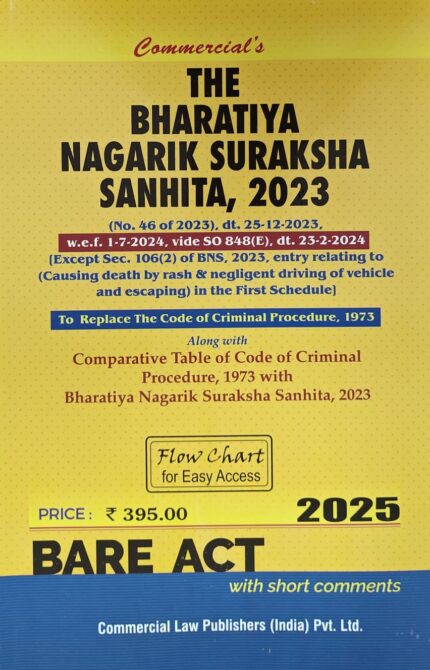
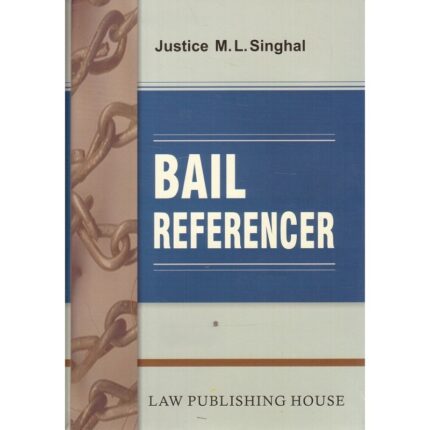
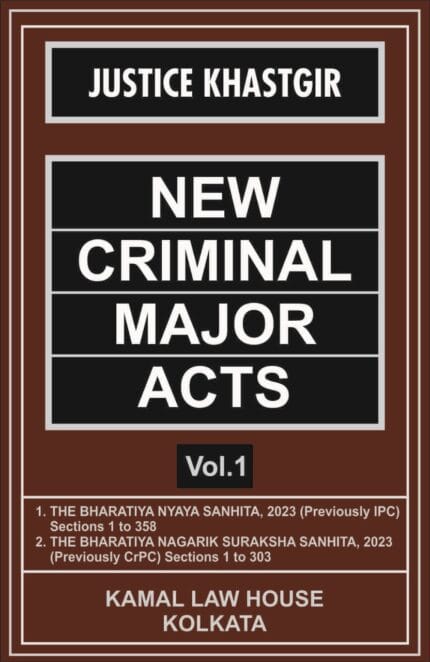
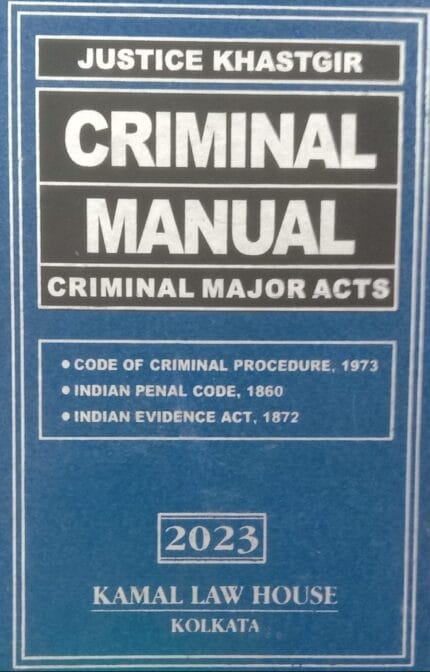
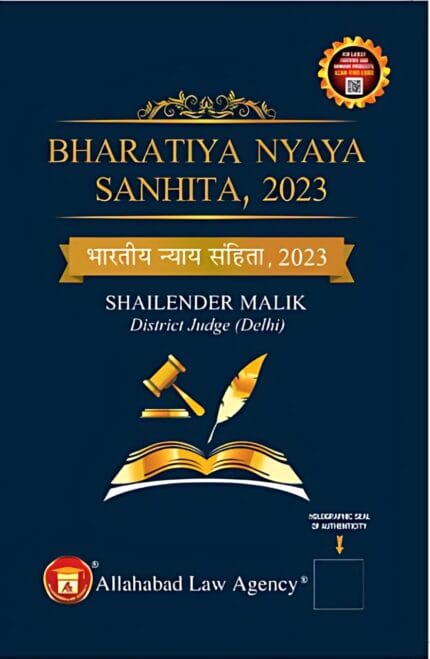
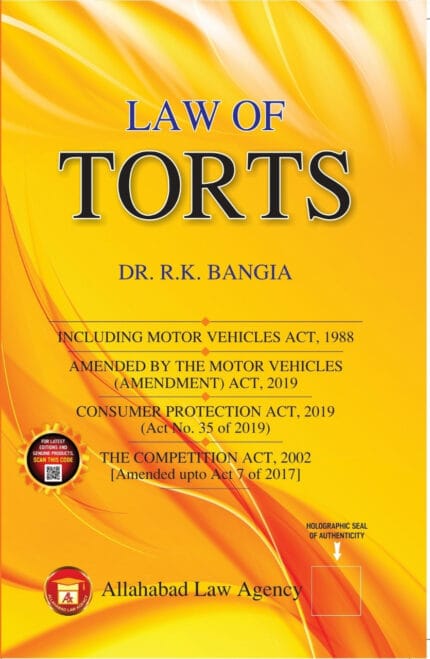
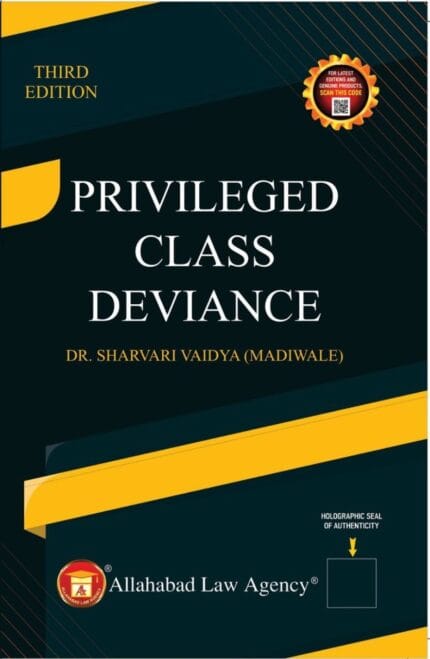
Reviews
Clear filtersThere are no reviews yet.